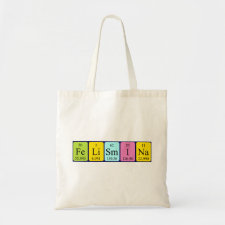
Authors: Moreira FTC, Rodriguez BAG, Dutra RAF, Sales MGF
Article Title: Redox probe-free readings of a β-amyloid-42 plastic antibody sensory material assembled on copper@carbon nanotubes.
Publication date: 2018
Journal: Sensors and Actuators B: Chemical
Volume: 264
Page numbers: 1-9.
DOI: 10.1016/j.snb.2018.02.166
Alternative URL: http://www.sciencedirect.com/science/article/pii/S0925400518304519
Abstract: This research work describes the synthesis of a new mediator-free electrochemical sensor, containing an electrochemically active ingredient at the carbon-working electrode. For this purpose, carbon nanotubes were modified with copper nanoparticles (CNT-CuO) and casted on the carbon-area. This electroactive film also acted as substrate to assemble the biorecognition element. As proof-of-concept, the 3-electrode system was made sensitive to the peptide β-amyloid42 (Aβ-42), by assembling a plastic antibody on top of the electroactive film. The plastic antibody was obtained by eletropolymerizing aniline (ANI) at neutral pH, under the presence of the template (Aβ-42). Next, the template molecule was removed from the polymeric network by acidic treatment. The vacant sites so obtained preserved the shape of the imprinted protein and were able to rebind new peptide molecules. SEM, XRD and RAMAN analysis were performed in order to control the surface modification of the carbon electrode. The ability of the biosensor to rebind Aβ-42 was monitored by square wave voltammetry (SWV). Redox peaks were centred at +0.4 V and peak currents decreased for an increasing concentration of Aβ-42. The reproducibility of the analytical signal was 8.37%, expressed in terms of the relative standard deviation (RSD, n = 3) of an Aβ-42 standard solution of 1.0 ng/mL. The detection limit was 0.4 ( ± 0.03) pg/mL. The application of the device was tested in serum samples, spiked with Aβ-42 from 1.0 to 66.0 ng/mL. The obtained recovery data ranged from 88 to 93%. The greatest achievement of this work relates to the elimination of a redox probe reading-stage in electrochemical biosensing, by incorporating the electroactive element within the working electrode. Overall, this approach opens doors for direct sample readings, avoiding the incubation of active redox elements on the sensing area for analytical purposes. In addition, the developed biosensor showed excellent proprieties in terms of response time and simplicity, showing a remarkable potential for on-site application in medical research and clinical diagnosis
Template and target information: protein, β-amyloid-42, Aβ-42
Author keywords: plastic antibody, Free-redox mediator, molecularly imprinted polymer, Screen-printed electrodes, β-Amyloid 42, biosensor



Join the Society for Molecular Imprinting

New items RSS feed
Sign-up for e-mail updates:
Choose between receiving an occasional newsletter or more frequent e-mail alerts.
Click here to go to the sign-up page.
Is your name elemental or peptidic? Enter your name and find out by clicking either of the buttons below!
Other products you may like:
 MIPdatabase
MIPdatabase









